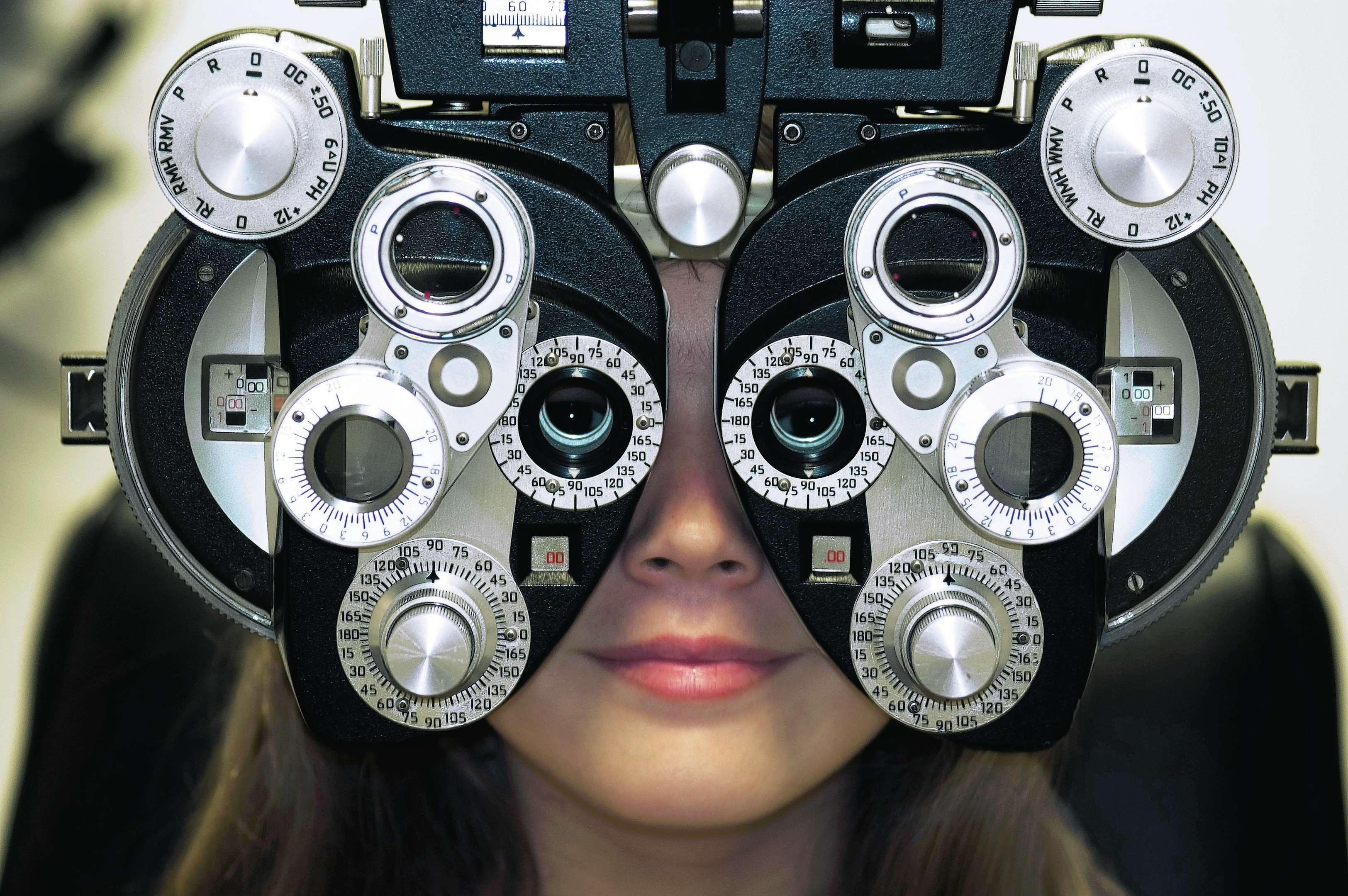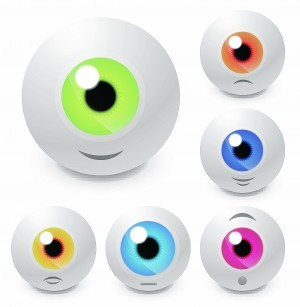Sight is the sense people fear losing the most, yet many of us don’t know the best way to look after our eyes
Health care appointments for eye problems are now free under the NHS at your local optometrist (optician).
Optometrists are trained to:
- assess urgent eye problems
- perform thorough eye examinations
- check for eye disorders and
- manage and treat a wide range of common eye conditions.
They can attend to your visual needs no matter your age, and manage conditions such as glaucoma, a cataract or macular degeneration.
If you have an eye problem, including an eye emergency, you can visit your optometrist for advice.
Optometrists have the same equipment as hospital ophthalmologists.
Following your examination, they may be able to treat and manage your eye problem at their practice, or refer you to your GP, or to a hospital eye clinic.
To find an optometrist, call the free NHS Grampian healthline on 0500 20 20 30.
If you have an eye problem when your optometrist or GP is closed, and feel it can’t wait, phone NHS 24 on 08454 24 24 24.
ASK THE EXPERT DAYS
As part of National Eye Health Week, health professionals from NHS Grampian’s Eye Health Network and North East Sensory Services will be at the following NHS healthpoints to discuss any concerns you may have about your eye health and advise on how to take better care of your eyes and the range of services that optometrists offer:
Tuesday 23rd Sept, Fraserburgh, 11am-3pm
Wednesday 24th Sept, Aberdeen Health Village, 11am-3pm
Thursday 25th Sept, Dr Grays Hospital Elgin, 1pm-4pm
Friday 26th Sept, Hot Spot Peterhead, 11am-3pm
Monday 29th Sept, ARI Main entrance, 11am-3pm
To find out more contact 0500 20 20 30.
DID YOU KNOW?
1.8million people in the UK are living with sight loss. For 53% of these, a simple sight test and new spectacles could really help.
A sight test can detect early signs of conditions like glaucoma, which can be treated if found soon enough.
During a sight test, other health conditions such as diabetes or high blood pressure may be detected.
For healthy eyes, eat well, don’t smoke and wear eye protection in bright sunlight.
5 SIMPLE SIGHT SAVERS
1. QUIT SMOKING. Smokers have a significantly greater risk of sight loss than non-smokers.
Toxic chemicals in tobacco smoke can damage the delicate surface and the internal structure of the eye. This can lead to an increased risk of many eye conditions including age-related macular degeneration (AMD), nuclear cataracts; thyroid eye disease; dry eye and poor colour vision. For information and advice on stopping smoking call the NHS Grampian smoking Advice line on 0500 600 332.
2. EAT RIGHT FOR GOOD SIGHT. Most of us have no idea that what we eat can affect how well we see, however, eye-friendly nutrients found in many fruit and vegetables and fatty acids derived from fish, nuts and oils can all help protect your sight.
3. WATCH YOUR WEIGHT. A Body Mass Index (BMI) of 30+ doubles your risk of suffering age-related macular degeneration and significantly increases your chances of developing cataracts.
4. COVER UP. Exposure to UV light increases your risk of developing cataracts and macular degeneration. Always wear sunglasses when the UV index rises above three, even on a cloudy day.
Check your sunglasses filter for AT LEAST 99% of UVA and UVB light and look out for a CE UV 400 or BS EN 1836:2005 mark when choosing your sunglasses to be sure they provide adequate protection.
5. BE SCREEN SMART. On average we spend a staggering 35 hours a week staring at a computer screen so it’s no surprise that 90% of us say we experience screen fatigue – tired or irritated eyes, blurred vision, headaches and poor colour perception.
Give your eyes a break by looking away from your screen every 20 minutes and focusing on something 20 feet away for 20 seconds.
For further information and top tips visit www.visionmatters.org.uk and, don’t forget to book a sight test during National Eye Health Week (September 22 -28) if you haven’t had one in the last two years.
SIGHT TESTS
Why is a sight test important?
Many people think that a sight test is just about checking whether your vision needs correcting with glasses or contact lenses. But there are other important reasons to have a regular sight test.
A sight test is a vital check on the health of the eyes and includes the detection of eye conditions. Many of these, if found early, can be treated successfully, avoiding potential sight loss.
A sight test can also detect other health conditions such as high blood pressure or diabetes.
Who needs a regular sight test?
Everybody! Sight tests should be part of everyone’s healthcare routine. Just like going to the dentist.
How often should I have a sight test?
Most people should have a sight test once every two years.
Certain groups may need a test more often. Speak to your optometrist for individual advice
Where do I go for a sight test?
Contact your local optician to make an appointment. See overleaf for more details….

